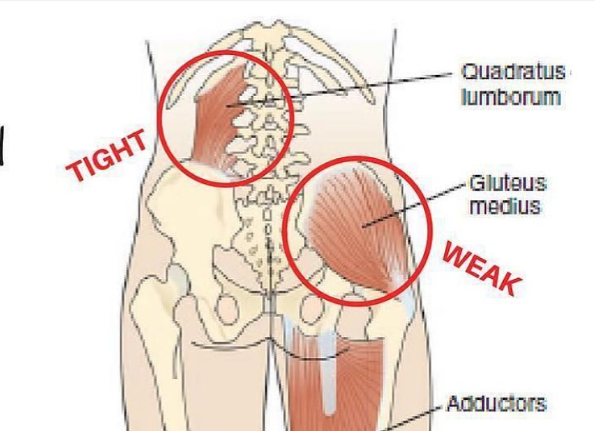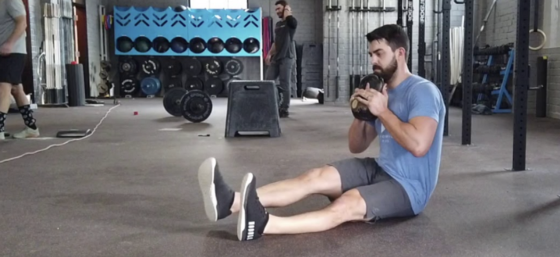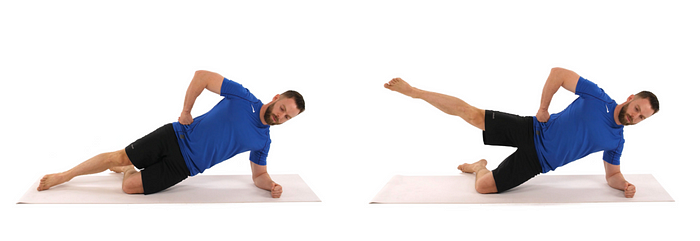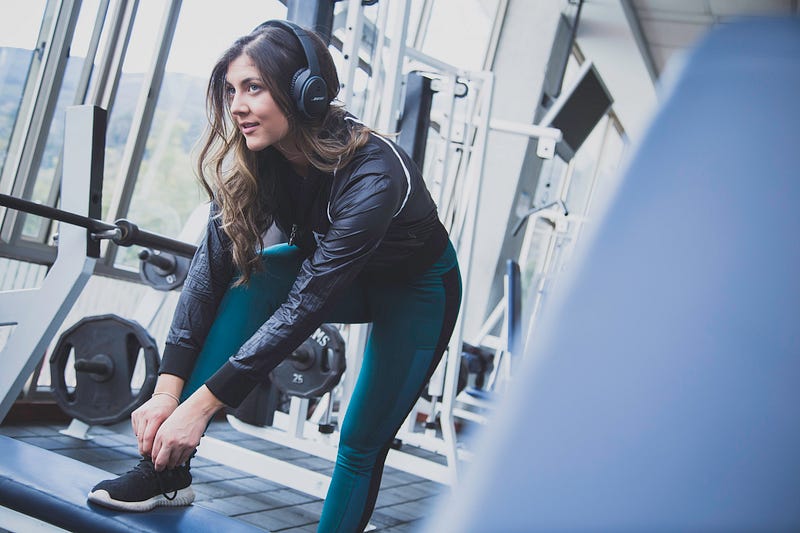Strengthening Your Core: The Essential Side Plank Leg Raise
Written on
Chapter 1: Introduction to Core Strengthening
Are you experiencing persistent back pain or struggling with weak, tight glutes? There’s an exercise that might just be the solution to your problems, or at least a significant first step towards relief. Surprisingly, the side plank leg raise is often overlooked in rehabilitation practices.

This exercise is more than just a common plank routine found in high-intensity interval training (HIIT). From a rehabilitation standpoint, it effectively activates both the glute medius and quadratus lumborum muscles, which are frequently underdeveloped and weak in many individuals.
Incorporating this movement into your workout can greatly enhance your mobility, stability, and strength in crucial areas of the hips and spine. The benefits extend to improved athletic performance and increased functional ability in daily activities. While it may not be a comprehensive solution on its own, it has proven invaluable for many of my patients seeking to live pain-free, and I’m confident you’ll find similar benefits.
Chapter 2: Understanding the Bigger Picture
Before we delve into exercise techniques, it's vital to take a holistic view of your recovery process. Whenever back pain arises, consider various strategies to speed up your healing. While physical therapy should be a top priority, don’t forget the importance of nutrition, quality sleep, and stress management. Merging these elements with consistent physical activity can lead to remarkable improvements.
It’s also essential to address the common misconception that weak glutes are the primary cause of back pain. This correlation is often overstated. Current research indicates that there is minimal direct connection between glute strength and back pain.
Your back pain may not stem from weak glutes, at least not directly. Nonetheless, exercise remains crucial because it promotes enhanced blood circulation, joint stability, coordination, and overall performance in daily tasks. While increasing strength alone may not eliminate all your issues, becoming more functional and active can significantly reduce stiffness and improve biomechanics, leading to better pain management.
This principle is especially relevant when we engage exercises that activate dormant muscles like the glute medius and quadratus lumborum.

The glute medius is crucial for hip joint abduction and also aids in flexion and rotation. Neglecting its development can result in complications later. Meanwhile, the quadratus lumborum stabilizes the spine and plays a role in lateral movement and breathing. Ignoring these areas can lead to stiffness and discomfort. Although we cannot always pinpoint a direct link between inactive muscles and back pain, maintaining strength in these regions is always beneficial.
Let’s explore the side plank leg raise, along with two effective warm-up exercises and a helpful modification to restore balance and functionality. Aim to perform these exercises 3–4 times weekly, integrating them into your existing core or leg workout routine. If you experience pain, start with the modified version and gradually progress to the full exercise as you gain strength. Always consult a healthcare provider if you have injuries or chronic conditions that could put you at risk during exercise.
Chapter 3: Warm-Up Exercises
Warm-Up 1: Side-Lying Straight-Leg Raise

- Application: 10–15 reps per side
- Instructions: Lie on your side with your legs stacked. Exhale as you lift the top leg off the ground, keeping it internally rotated with the heel leading. Maintain a light brace in your core, holding at the top for 2–3 seconds to build endurance. Complete 10–15 consecutive reps on one side before switching to the other.
Warm-Up 2: The QL Walk

- Application: 8–10 walks forward and backward, 2-3 rounds
- Instructions: Sit with your legs extended in front. Shuffle forward by subtly shifting your hips while keeping your spine upright. After moving forward, repeat the same motion backward. This may look unconventional, but it effectively activates the quadratus lumborum and engages deep core muscles.
For added challenge, try this exercise with your arms overhead or holding a weight. Continue practicing this movement even after your back pain subsides; it’s an excellent preventive measure against future injuries.
Chapter 4: Main Exercise: Leg Raise Plank
Exercise of the Day: Leg Raise Plank

- Application: 10–15 reps per side
- Instructions: Begin in a standard side plank position, then perform slow, controlled leg raises. Ensure your leg remains internally rotated, aligning the heel and toes. Keep the bottom hip elevated and engaged throughout the exercise. This movement effectively strengthens your obliques, shoulders, lower back, and glutes, providing excellent injury prevention.
Modification: Knee Plank Version

- Application: 10–15 reps per side
- Instructions: Start in a side plank and slowly raise and lower the top leg while stabilizing your trunk and keeping your hips high. Focus on keeping the top leg’s heel in line with the toes. If you can maintain this for 45 seconds to a minute, consider progressing to the full version.

Conclusion
The side-lying leg raise is far more than a typical core workout; its unique positioning and range of motion allow for the activation of crucial hip and spine stabilizers that are often overlooked. This exercise can help mitigate back pain and enhance overall functionality, leading to a more robust core and lower body that supports a pain-free lifestyle. Don't wait any longer—it's time to incorporate this essential exercise into your routine!
You’ve got this!
-David Liira, Kin